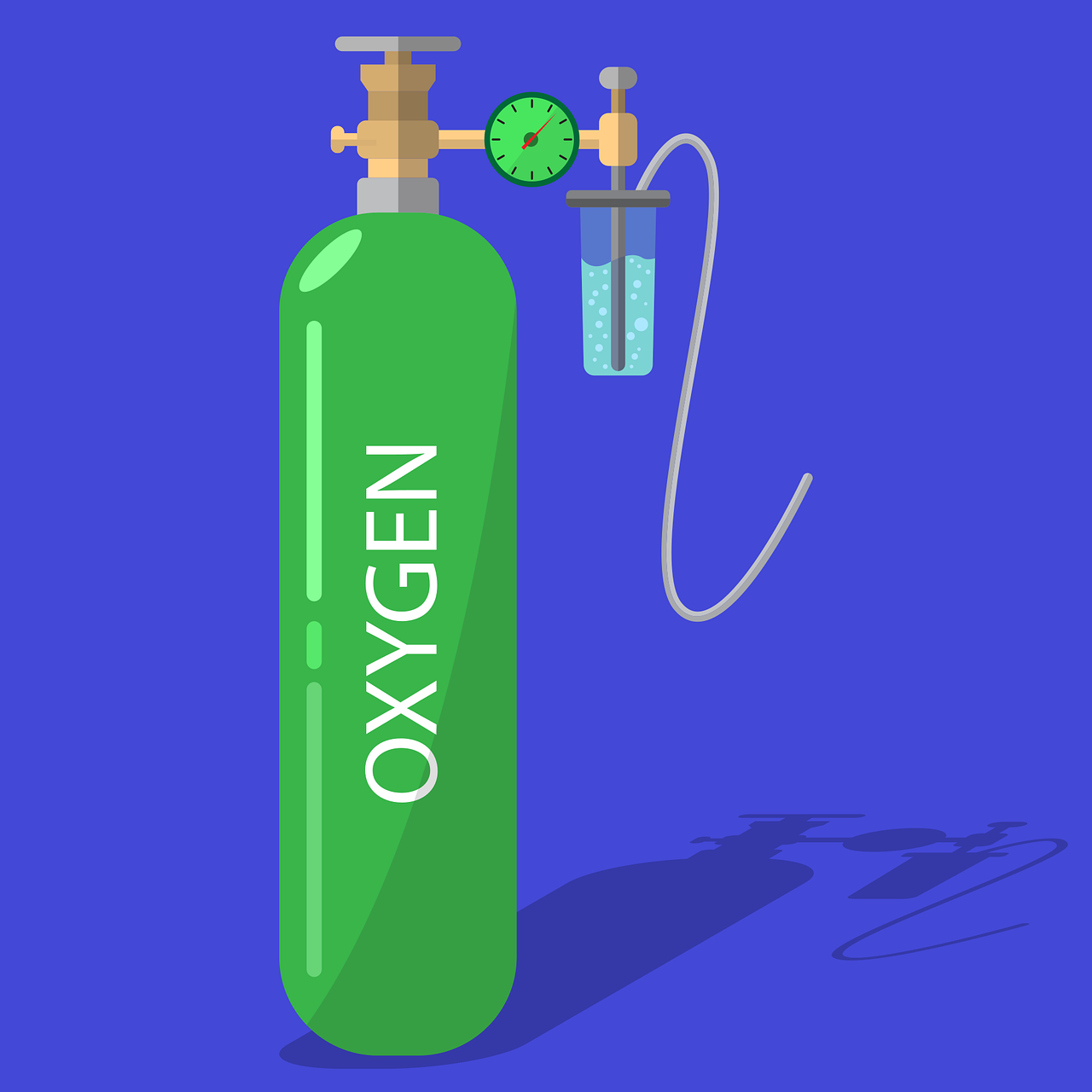Feature by Swasti Sharma
The human body is made up of 65% of oxygen (O2).
Oxygen plays a vital role in respiration and every cell (basic structural and functional unit of living organism) requires oxygen to breathe.
When we breathe air in, oxygen molecules enter the lungs and pass-through the lung wall into blood.
Since Covid-19 affects the functioning of lungs, oxygen is important for the treatment of severe Covid-19 patients. Covid also hampers the supply of oxygen to various parts of the body.
The recovering patients need oxygen therapy, to be supplied through medical oxygen.
Liquid medical oxygen (LMO) is used to provide this support to patients.
LMO is high purity oxygen used for medical treatment, and is developed for use in the human body.
Due to its low melting and boiling points, oxygen is in gaseous state at room temperature. It’s liquification enables storage in larger volume and eases transportation.
There are several methods for the production of LMO.
The most common production method is separation of oxygen which is known as Air Separation Units or ASUs.
ASUs are the plants that separate large volumes of gases.
They use a method called Fractional Distillation Method to produce pure oxygen from atmospheric air.
What is Fractal Distillation Method?
In this method, gases from the air are separated into various components after cooling them into a liquid state and then liquid oxygen is extracted (taken out).
Atmospheric air is first cooled to -181°C. Oxygen liquifies at this point.
Since the boiling point of Nitrogen is -196°C, it remains in a gaseous state. But Argon has a boiling point similar to that of oxygen (–186°C) and hence a significant amount of Argon liquifies along with Oxygen.
The resultant mixture of Oxygen and Argon is drained, decompressed, and passed through a second low-pressure filtration vessel for further purification.
Then, we get the liquefied oxygen in its pure form which is stored in Cryogenic containers.
Cryogenics is the production and behavior of materials at very low temperatures. A cryogenic liquid is defined as a liquid with a normal boiling point below –90°C. Cryogenic liquid containers are specially designed for safe and economic transportation and storage of liquefied gases at cryogenic temperatures, lower than –90°C. These containers are highly insulated, in which liquid gases are stored at very low temperatures.

